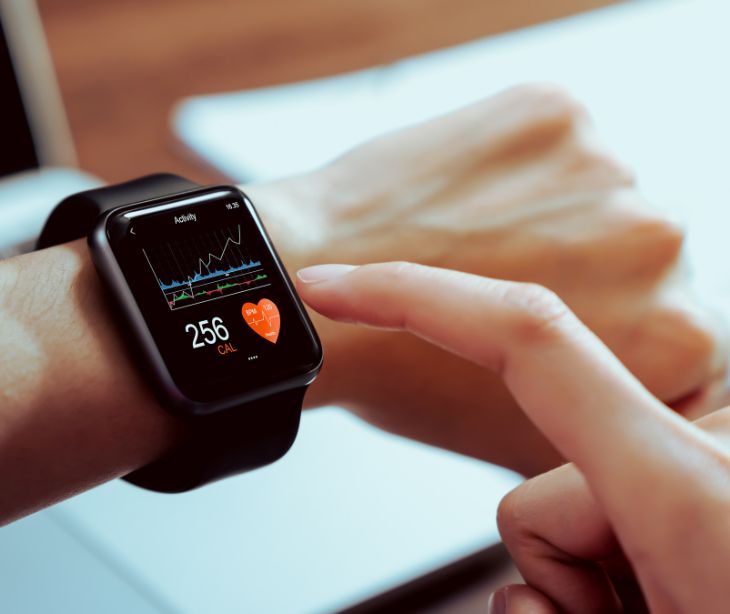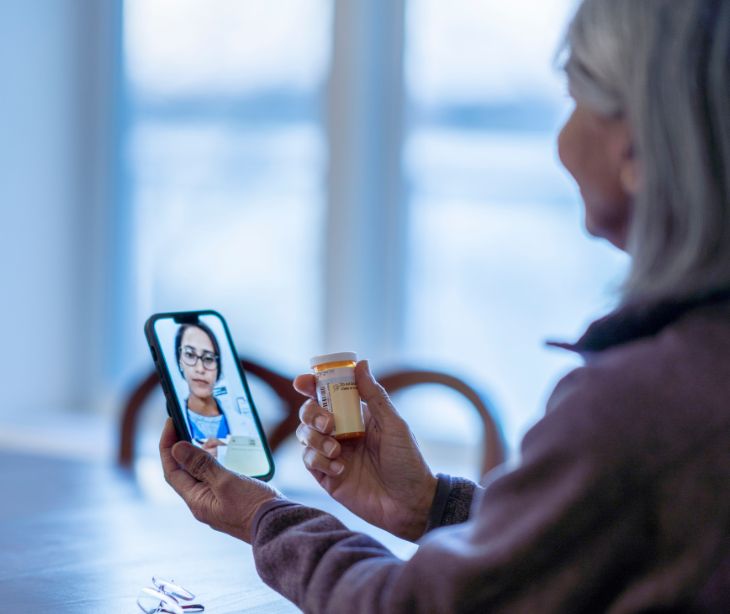
eHealth and mHealth are two terms used in healthcare technology. eHealth includes electronic health records, telemedicine, and health information networks, while mHealth uses mobile technologies to support medical practices. The main difference between the two is the platform used.
The difference in healthcare providers' roles and responsibilities
Healthcare providers have distinct roles and responsibilities when working with eHealth and mHealth platforms. With eHealth systems, providers primarily focus on utilizing electronic health records, engaging in telemedicine, and accessing digital information networks. When using mHealth platforms, providers often extend their roles to include recommending and monitoring health apps and wearable technology for patients. They monitor patients remotely, provide personalized care, and stay updated on the latest mobile health tech. Strategies to handle the additional influx of data include:
- Implement robust data management systems to efficiently handle the increased volume of information from eHealth and mHealth sources.
- Train healthcare staff in digital literacy to effectively use and understand eHealth and mHealth technologies.
- Integrate advanced analytics tools to filter and analyze data from eHealth and mHealth platforms for meaningful use.
- Enhance cybersecurity measures to protect patient data amidst the surge from eHealth and mHealth devices.
- Collaborate with IT professionals to ensure seamless eHealth and mHealth data integration into existing healthcare systems.
- Develop clear protocols for managing and prioritizing data received from mHealth devices to avoid information overload.
See also: HIPAA Compliant Email: The Definitive Guide
eHealth and mHealth contributions to patient care and healthcare delivery
eHealth improves healthcare delivery by centralizing and digitizing patient records, facilitating easier access and sharing of information among healthcare providers. According to a study published in the journal Health Policy, this leads to better-coordinated care, more informed clinical decisions, and enhanced efficiency in healthcare services.
mHealth, on the other hand, contributes by providing patients and providers with real-time health monitoring and data collection through mobile devices. It empowers patients to actively participate in their health management through apps and wearable technology, improving patient engagement and self-care. Additionally, mHealth enables remote patient monitoring, particularly beneficial for chronic disease management and reaching underserved populations.
See also: What are health information exchanges?
The specific security and privacy concerns unique to mHealth compared to traditional eHealth systems
mHealth presents specific security and privacy concerns distinct from traditional eHealth systems, primarily due to its reliance on mobile devices and networks. These concerns include the vulnerability of mobile devices to loss or theft, potentially exposing sensitive health information. The transmission of data over wireless networks in mHealth raises the risk of interception and unauthorized access by hackers.
Additionally, many mHealth apps may not adhere to standard healthcare regulations like HIPAA, leading to inadequate protection of personal health data. Integrating mHealth data with existing eHealth systems also challenges ensuring consistent platform security protocols. The variety of mHealth apps available to consumers often lack uniform security measures, increasing the risk of data breaches.
The evolution of wearable technology influenced the growth of mHealth compared to eHealth
Initially, eHealth was centered around digitizing medical records and telemedicine, focusing on improving healthcare delivery through electronic systems. However, the advent of wearable technology introduced a new dimension to mHealth, emphasizing personal health monitoring and real-time data collection.
Wearable devices, like fitness trackers, smartwatches, and health monitors, have become integral to mHealth. They allow continuous monitoring of vital health metrics such as heart rate, physical activity, sleep patterns, and blood sugar levels. This constant monitoring provides a wealth of health data that was previously inaccessible, enabling more proactive and preventive healthcare approaches.
The real-time data from wearables have enhanced patient engagement in their health management. Individuals can now actively track their health metrics, make informed decisions, and communicate these insights with healthcare providers. This level of engagement and self-management is a shift from the more provider-centric model of eHealth.
Subscribe to Paubox Weekly
Every Friday we'll bring you the most important news from Paubox. Our aim is to make you smarter, faster.




